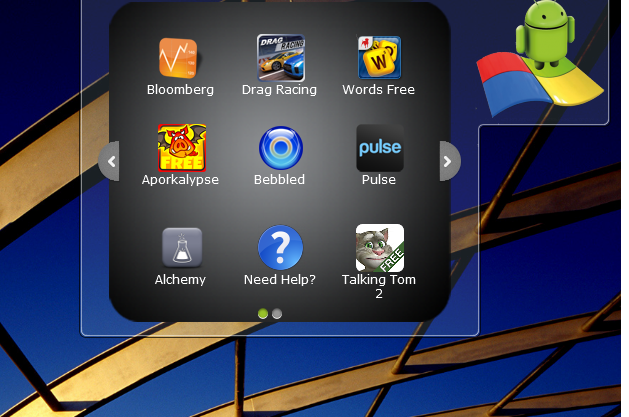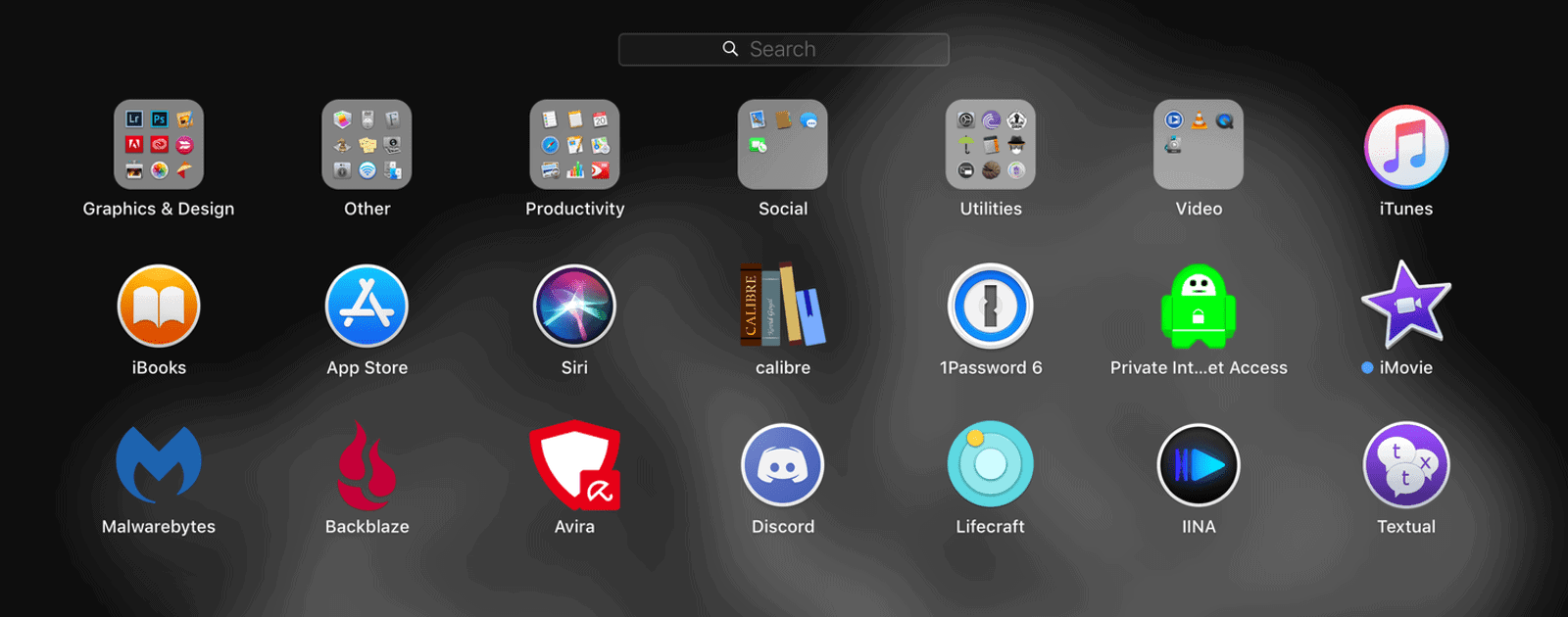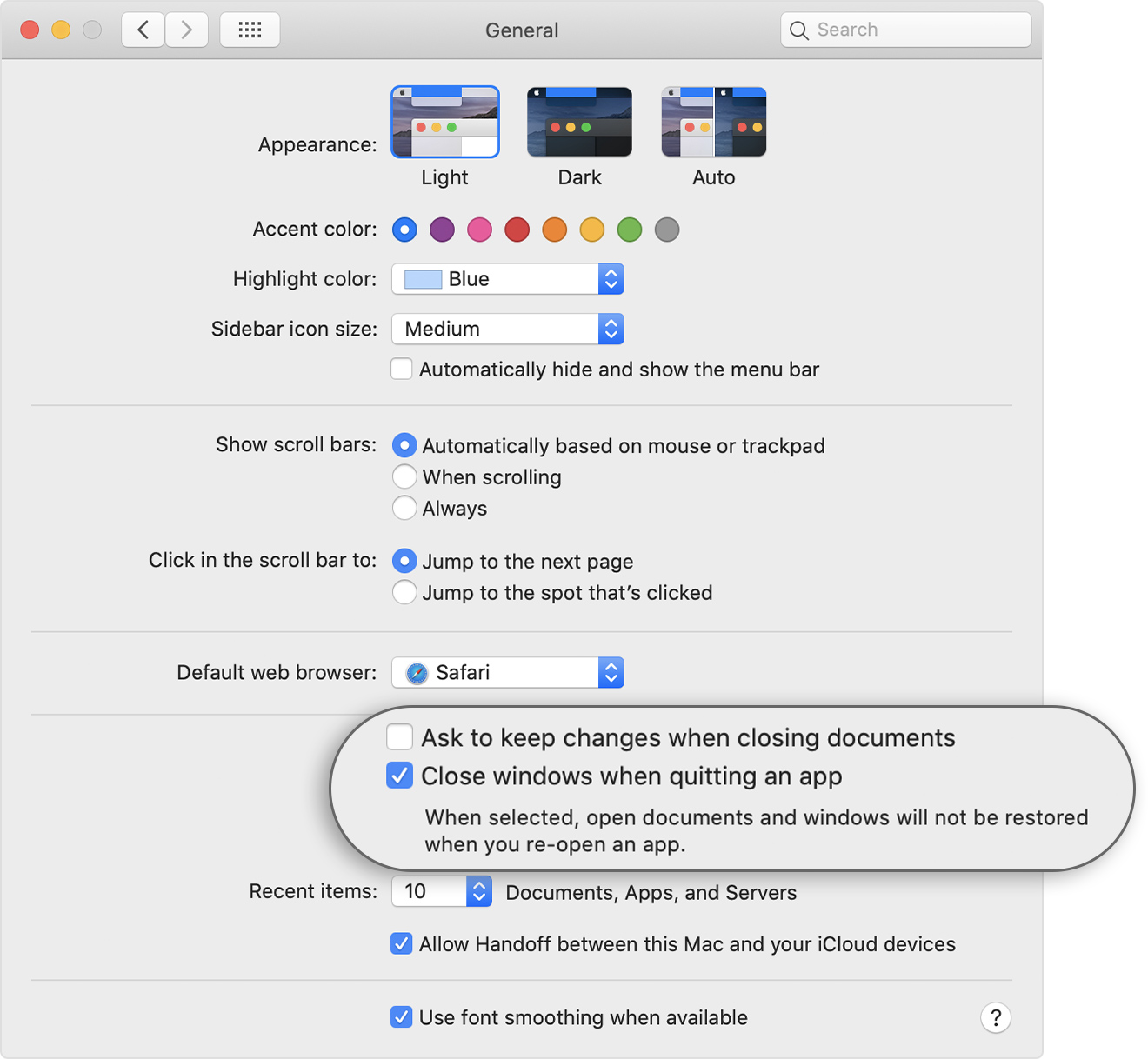- How To See Apps On Your Computer Mac Os
- How To See Apps On Your Computer Macbook Pro
- How To See Apps On Mac
- How To See All Apps On Macbook
- How To See Apps On Macbook

Enter Split View
Other ways to share. Learn about other ways you can share files between your Mac and your.
If you're using macOS Catalina or later:
- Hover your pointer over the full-screen button in the upper-left corner of a window. Or click and hold the button.
- Choose ”Tile Window to Left of Screen” or ”Tile Window to Right of Screen” from the menu. The window then fills that side of the screen.
- Then click a window on the other side of the screen to begin using both windows side by side.
If you're using macOS Mojave, High Sierra, Sierra, or El Capitan:
- Click and hold the full-screen button in the upper-left corner of a window.
- As you hold the button, the window shrinks and you can drag it to the left or right side of the screen.
- Release the button, then click a window on the other side of the screen to begin using both windows side by side.
If you can’t enter Split View
How To See Apps On Your Computer Mac Os
If Split View doesn't work, choose Apple menu > System Preferences, click Mission Control, and make sure that “Displays have separate Spaces” is selected.
Work in Split View
In Split View, you can use both apps side by side, without the distraction of other apps.
- Choose a window to work in by clicking anywhere in that window.
- Show the menu bar by moving the pointer to the top of the screen.
- Swap window positions by dragging a window to the other side.
- Adjust window width by dragging the vertical line between the windows.
- Switch to other apps or your desktop with Mission Control, or use a Multi-Touch gesture such as swiping left or right with four fingers on your trackpad.
Exit Split View
- Move the pointer to the top of the screen to reveal the window buttons.
- Click the full-screen button in either window. That window exits Split View.
- The other window switches to full-screen view. You can switch to the full-screen window with Mission Control, or use a Multi-Touch gesture such as swiping left or right with four fingers on your trackpad.
How to find and list all applications that exist in Mac computer storage?
In certain situations, you may need to know the number and type of applications installed on a Mac computer. This could be to check for malicious applications that are sometimes bundled with other software, or to list existing apps that might be occupying excessive storage space. If you have recently acquired a Mac, you may wish to know information about existing applications and this guide can help. Furthermore, if you are a keen or enthusiastic user, you can also manually check versions of installed software.
There are a number of ways to check all existing applications on the Mac as detailed here. The methods work with all versions of the Mac operating system. With the guidance offered, you can easily perform the checks. We start with simple methods, and then move to more advanced ones, which should present no problems if you carefully follow the steps within the guide. For example, we start with those requiring the least knowledge with Finder, and then walk through using Terminal and printing results into a text-based file on the desktop.

Table of Contents:
It is recommended to run a free scan with Malwarebytes - a tool to detect malware and fix computer errors. You will need to purchase the full version to remove infections and eliminate computer errors. Free trial available.
How To See Apps On Your Computer Macbook Pro
Check installed apps via Finder
This is the easiest method, however, it also displays the least results: app names, date/time last modified, and size occupied on internal storage. Simply launch Finder and select the Applications folder from the left sidebar. Alternatively, press the keyboard shortcut of Shift, Command, and A. This will display all apps that were added through Mac App Store, came together with the operating system, installed through package managers, and manually attached by users via the drag-and-drop method. All user-level applications are included - enabling list view will allow you to freely scroll through existing apps.
Alternatively, Launchpad also serves to list applications and is one of the easiest way to locate apps for novice users. Note, however, that the Application folder is generally more useful for regular users. Furthermore, this method can be used to generate a list of all existing apps within a text-based file simply using a few keyboard shortcuts. In the applications folder, press the combination of Command and A to select all items within the window. Then press Command and C to copy the selection. Launch the TextEdit application using Spotlight - press the combination of Command and Spacebar, and then type TextEdit. In the text-based window, click on Edit in the menu bar at top of the screen, and then select Paste and Match Style.
You can save and rename this file. The applications folder can help you to determine which apps you might force to close, without crashing the operating system. You can also delete software directly from this folder. Detailed information can be found in this article.
Inspect the applications list through System Information
In you need more detailed information about each app stored on the computer, including system software, a more advanced method is available. This is simply a system report, and so you can use this option without fear of damaging the system, corrupting files, and so on. Therefore, you will not be able to delete or disable applications listed within the System Report. To access the information, hold down the Option (Alt) key on the keyboard and click the Apple logo in the menu bar at top of the screen. Then select System Information. In the new window, click on Applications under Software in the left sidebar. In the main area of window, you will see a list of all existing apps and additional information, such as version, source, where the app was obtained, and date/time of last modification. Clicking individual items in the list will display location in storage, information about the developer, and basic information expressed as a 'Get Info' string. User-level apps are displayed and also those necessary for system functions. Therefore, we strongly recommend that you do not delete or modify applications from this list, unless you are an advanced user (otherwise this could result in an operating system crash or making your computer inaccessible).
Find all application using Terminal
One of the most efficient methods to find app information is via the built-in command line application called Terminal. This, however, does require some advanced knowledge. Using this app, you can access useful functions, ignoring restrictions and even protected folders. To list all existing applications, you can use the find function, sudo command, which will grant access to all user and system folders. Launch Terminal using Spotlight - press the keyboard shortcut of Command and Spacebar, type Terminal, and then press Return. Alternatively, go to the Utilities folder under Applications. Once the application has launched, type the following command and press return to execute it (you will be asked to enter the administrators password, since you are trying to grant super user permissions):
- sudo find / -iname *.app

Since there are many files using the .app extension within the Mac operating system, displaying all them within a Terminal window might force the app and/or your computer to freeze. Therefore, as an alternative, we recommend that you print the results into a text-based file using the following command:
How To See Apps On Mac
- sudo find / -iname *.app > ~/Desktop/ListAppFiles.txt
How To See All Apps On Macbook
Using this syntax, all files that contain the .app extension will be written into the text-based file stored on the Desktop. You will also be able to find the location of those apps. This is probably the best option if you wish to check storage for possible malicious software - within the text file, you can use the Find function by clicking on Edit in the menu bar at top of the screen and selecting Find.